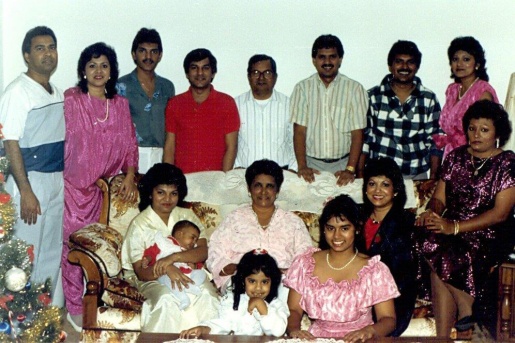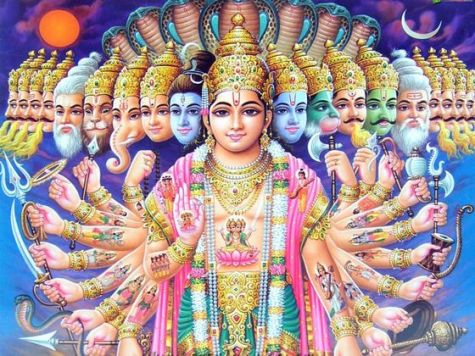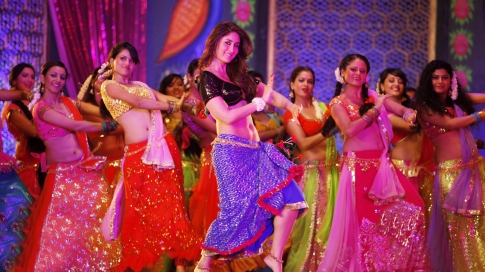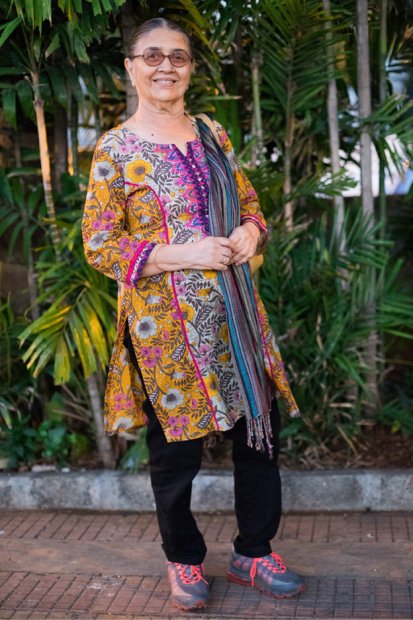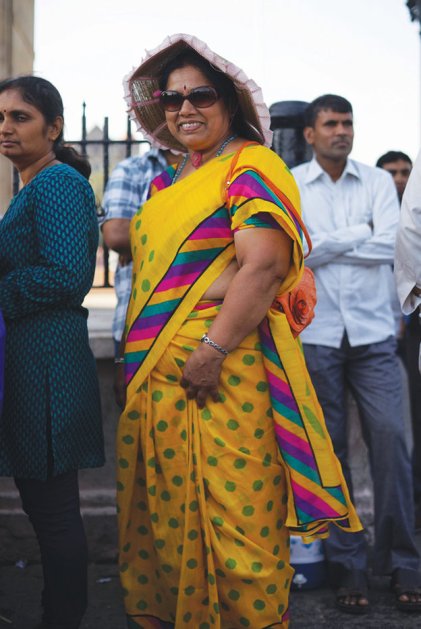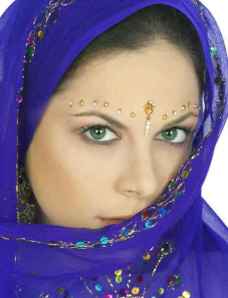KALKI
If you stay within this circle you’ll be safe.
If you leave the circle, nothing will ever be the same.
Young girls have a long literary heritage cast as damsels and victims. Fairy tale culture primes young girls to aspire to be the untouchable princess in the tower, waiting for the prince to rescue them from monsters, evil hags, and the presumable boredom that comes with being locked up in a castle for years. But as Girl 2 says, she hates waiting, and Aditi Kapil subverts the damsel-in-distress trope when bad-ass avatar of Vishnu Kalki rises out of the football field to vanquish adolescent evil in the guise of a high-school girl.
Both Girl 1 and 2 chafe at the powerlessness of being unpopular and mired in the high school hate machine. Kalki answers the girls’ need, tempting them with empowerment, and offering each the chance to take control of her identity and sexuality and become a warrior.
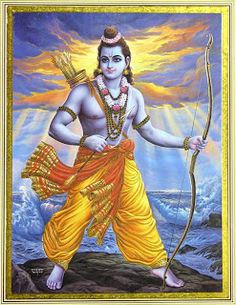
Prince Rama, hero of the Ramayana and one of the most popular Hindu icons.
Kalki knows a thing or two about being a warrior – the beloved Prince Rama, like Kalki, is also an avatar of Vishnu and a powerful fighter. Both he and Kalki are incarnations of the same god, and Kalki even shares a memory with the girls about her time as Rama:
…The worst is when I’m human. I don’t like being human. Why do there have to be so many mistakes? I was a prince once. To be loved so much for doing so little. For being so flawed. It hurts.
The story of Prince Rama, as well as his lover Sita, is detailed in the Ramayana, one of the great epics of Hindu literature. In Brahman/i, B gives us a tongue-in-cheek version of the tale:
Bullet-point recap of the Ramayana:
Horrible ten-headed demon tries to take over the world!
Vishnu sends avatar in form of super-noble Prince Rama to save world!
Romantic comedy side-plot: Rama and Sita fall in love and get hitched, woohoo!
Oh no, Rama is banished due to horrible conniving second wife of clueless Dad!
Rama and Sita go to live in the forest … sudden segue into action flick: Sita is kidnapped by demon! Rama and side-kicks kick Demon ass, and Sita is rescued, woohoo! They return to Ayodhya as heroes!
I mean this story is like epic summer blockbuster awesome, I’m loving this shit!
Between Rama’s banishment and the action adventure that follows, Lakshman (his brother and side-kick) tries to keep Sita safe while he and Rama are hunting by drawing a circle around her that will prevent her from being harmed. The disguised demon tricks her out of the circle and holds her hostage in his lair. Rama rescues her but is not convinced that Sita has been faithful, so she is commanded to walk through a circle of fire to confirm her innocence. She does so, and remains untouched by the fire, proving herself so pure that not even a single flower petal in her hair was wilted by the heat of the flames. All’s well that ends well.

Rama and Sita
Aspects of this section of the Ramayana show up when Kalki corners Girl 2 in the library. In the sunny bower of books, she offers Girl 2 peacefulness and safety – a chance to stay in the circle and remain protected by a prince’s arrow as beasts lurk outside in the schoolyard. However, Girl 2 decides to step outside of the circle, choosing to take action rather than live a passive existence.
Girl 1 embodies another aspect of the Sita story – the trial by fire. Girl 1’s circle of fire takes the form of a mortifying incident in the schoolyard, as she’s surrounded by a ring of classmates pointing and laughing at her. This moment of humiliation purifies her, and is a test that serves as an important rite of passage.
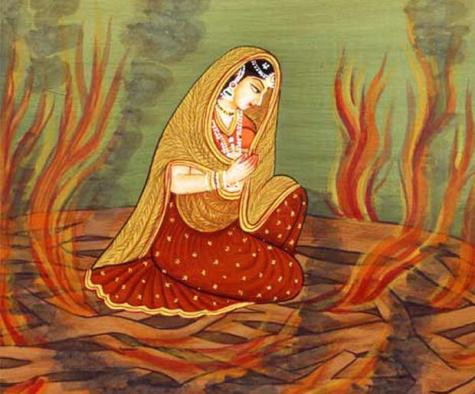
Sita in the circle of fire
In the play’s final moments, the girls stand united and powerful, now fully capable of saving themselves, while Kalki goes off to slay other demons. Kapil has created a contemporary Ramayana where girls can kick butt and vanquish evil without needing a male hero to rescue them at the end of the day.
PS: Another aspect of the Ramayana also connects with Brahman/i: when Rama and Sita returned home, they found the hijras waiting for them in the grove at the edge of the forest – they had waited fourteen years for the prince to return!
You can read the full story of the Ramayana at this link. The story of the Sita’s abduction is in Canto III. A condensed version of the story is also available here.

